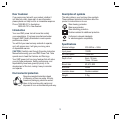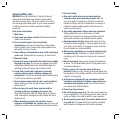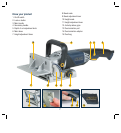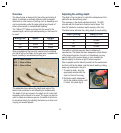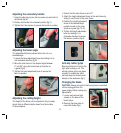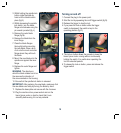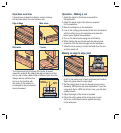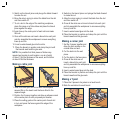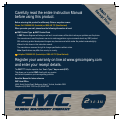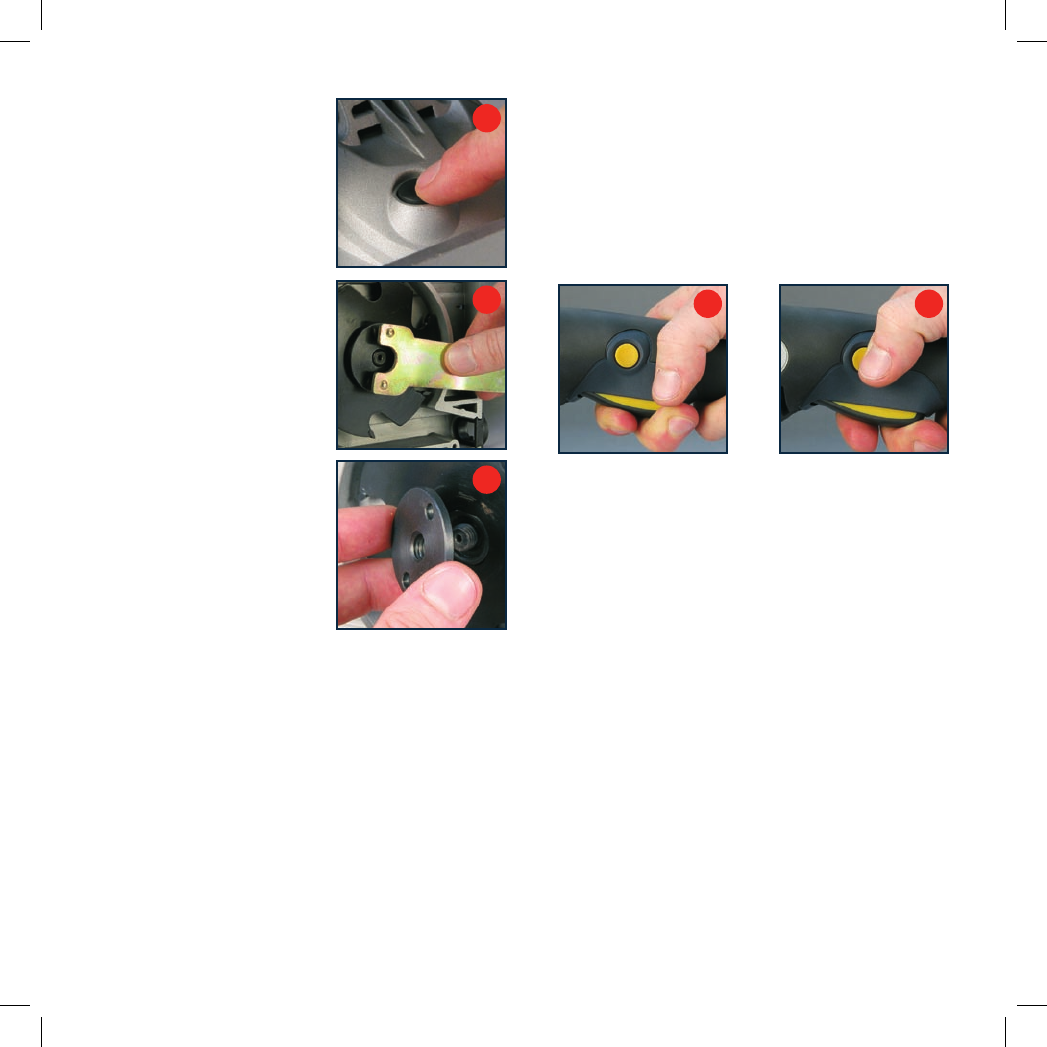
10
3. Whilst holding the spindle lock
button rotate the blade by
hand until the blade locks in
place (fig K).
4. Whilst depressing the spindle
lock button, turn the blade
flange anti-clockwise using the
pin wrench provided (fig L).
5. Remove the outer blade
flange (fig M).
6. Remove the blade from the
inner flange.
7. Clean the blade flanges
thoroughly before mounting
the new blade. Wipe a drop
of oil onto the inner and outer
flange where they will touch
the blade.
8. Mount the new blade onto the
spindle and against the inner
flange.
9. Replace the outer flange and
tighten.
WARNING. The direction in
which the blade rotates has to be
the same as the direction of
the arrow marked on the housing.
10. Ensure that the spindle lock button is released.
IMPORTANT. After replacing the saw blade, make sure that
the saw blade runs freely by turning the blade by hand.
11. Replace the base plate and secure with the 4 screws.
12. Plug the machine into a power socket and run the
biscuit joiner under no load to check that it runs
smoothly before using it to cut any material.
Turning on and off
1. Connect the plug to the power point.
2. Start the tool by squeezing the on/off trigger switch (fig N).
3. Release the trigger to stop the tool.
4. If you press the lock-on button while the trigger
switch is depressed, the switch is kept in the
operating position (fig O).
N
O
5. The lock-on button allows the operator to keep the
biscuit joiner motor running without continuously
holding the switch. It is useful when operating the
tool for extended periods.
6. To release the lock-on button, press and release the
trigger switch
K
L
M





